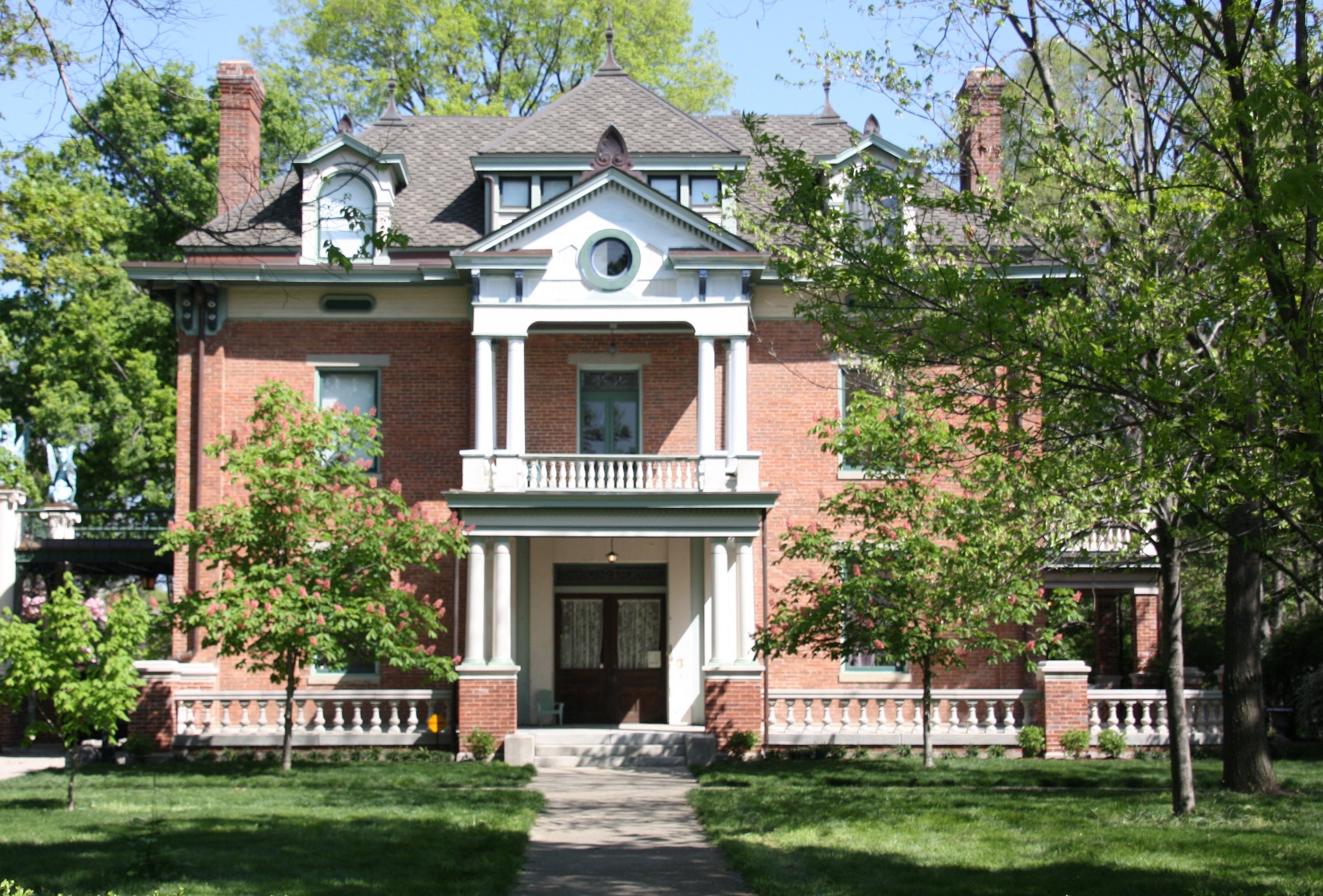#6859. Majestic Brick Facade with Neoclassical Elements: Harmony of Tradition and Elegance
Before us stands a magnificent example of American historical architecture in the neoclassical style with elements of Colonial Revival. The brick façade of the building demonstrates impeccable attention to detail and symmetry—key principles of classical architecture. The central entrance is accentuated by an imposing two-story portico with classical white columns that create an elegant contrast with the red brick of the main structure.
The upper floor is adorned with a balcony featuring a balustrade, and above it sits a distinctive round oculus in the center of the pediment. The mansard roof with characteristic dormers and decorative finials gives the building a majestic silhouette. Chimneys on both sides of the house symmetrically frame the composition, emphasizing the classical proportions.
The foundation of the building is framed by a low balustrade that serves both decorative and functional purposes, separating private space from public. Note the subtle play of light and shadow on the building's facade, created by projecting elements and recesses, which adds visual depth and interest to the exterior.
When designing your own home, several techniques can be borrowed: contrasting combination of materials (brick and white details), symmetrical composition, use of classical architectural elements (columns, balustrades, pediment), as well as a thoughtful hierarchy of decorative elements highlighting the significance of various parts of the façade.
